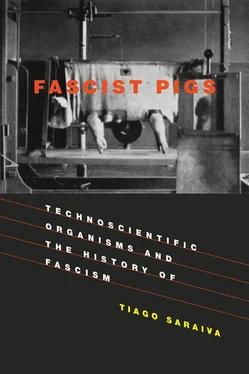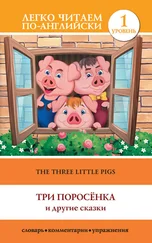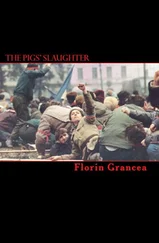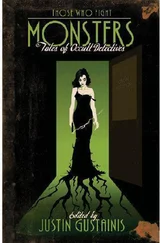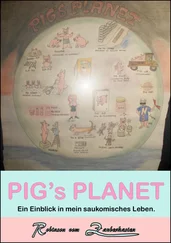Elvas would be the place selected to install the breeding plots of the National Agricultural Experiment Station (Estação Agronómica Nacional), the new institution founded in 1936 and directed by Câmara after his work for the Wheat Campaign. A town located in the northeast of Alentejo, in the heart of the Portuguese wheat belt, Elvas has the driest climate in the country. Moreover, inside a 20-kilometer radius it possesses almost all the soil types of the wheat region. Such characteristics account for why seeds originating from Elvas had been traditionally praised for their good behavior in other environments. In fact, an extension post of the Ministry of Agriculture had been founded in 1926 in Elvas to take advantage of the area’s reputation as the place for the “tuning” of wheats. [63]Like Rieti, Elvas offered the perfect conditions both for breeding research and seed production. In 1937, a year after the founding of the EAN, the breeding department started its operations, occupying and expanding the facilities of the previous extension post.
The collections that constituted the obligatory starting point of the breeders’ work originated from the Central Agricultural Station (Estação Agrária Central)—the predecessor institution of the EAN—and from the Swedish plant-breeding station at Svalöf. [64]The Central Agricultural Station collection had about 8,000 samples of Portuguese landraces, some gathered by agricultural scientists surveying the country fields and some sent in by farmers. The Swedish collection, on the other hand, probably arrived at Elvas in the hands of D. R. Victória Pires, the agricultural scientist head of the breeding department of the EAN, who in 1934 held a scholarship granted by the Board of National Education for a stay in Svalöf. [65]
Although experimentation with pure lines by Portuguese breeders dated back to the beginnings of the century, not until 1926 had the Ministry of Agriculture begun to promote multiplications on a large scale with diffusion of some of the Central Agricultural Station’s pure lines derived from pedigree selections of traditional Portuguese wheat landraces. [66]The multiplication work was trusted to chosen farmers who received an extra payment for producing selected seed, which was then distributed by the state services. [67]As was stated above, the severe Puccinia attacks of 1928 played a decisive role in the adoption of Strampelli’s varieties by Portuguese farmers who preferred them to those wheats selected by the Central Agricultural Station, which with their long cycles of development were all very susceptible to rusts. The Wheat Campaign was responsible for the first distribution of the new Italian strains. From 1936 on, the National Federation of Wheat Producers (FNPT), the powerful corporatist agency created in 1932 by Salazar’s New State to integrate all the farmers involved in wheat production and to rule over the entire wheat circuit, would assume the control of the importing and distribution of Italian elite seeds.
In 1939, the FNPT began to finance the breeding work at the EAN, buying it more land and building new greenhouses to expand its breeding department in Elvas. The hybridization and selection work was thus accelerated. The breeding station released its first wheats in 1942 in an effort to overcome the shortage of Italian origin seeds that had been evident since the outbreak of World War II. [68]From the Elvas multiplication fields the seeds were distributed, just as in Italy, among a few selected large farmers who multiplied them on a large scale and sold the seeds at a generous fixed price to the FNPT. Then, after passing through one of the FNPT’s regional seed posts responsible for cleaning, calibration, and disinfection, seed bags were distributed among the extended network of 72 local delegations, which then sold them—also at a fixed price—to farmers. From 1942 to 1959, the plant-breeding station at Elvas was able to supply the FNPT with fourteen new pure lines from selections of the Portuguese wheats and eight new hybrids. [69]In the same period, the amount of selected seed distributed among the FNPT’s 150,000 associates increased from about 600 tons to 18,500 tons, which corresponded to about 25 percent of total wheat seeds sown each year in the Portuguese fields. The new hybrids produced by the Elvas breeding station as a result of the crossing of Portuguese varieties with Strampelli’s elite races, such as Ardito or Mentana , accounted for about 30 percent of the seeds distributed by the FNPT. [70]
It is possible to follow the increased presence in the territory of the Portuguese corporatist state through the FNPT’s growing infrastructure of distribution and storage. In 1935, only three years after its creation, the FNPT had built at least 300 new barns, constituting a striking material presence of the New State in the landscape. The expansion of storage capacity was central for an agency that bought all the wheat produced by Portuguese farmers. In subsequent years, the FNPT silo would become an obligatory landmark of the urban agglomerations of the wheat-producing regions, especially in Alentejo. Also, each new center for the selection and distribution of seeds was locally celebrated in propaganda events that dedicated the new facilities to the leaders of the fascist New State, António de Oliveira Salazar and António Óscar Fragoso Carmona. [71]In the 1950s there were more than twenty of these seed distribution centers. One of the most important was located, not surprisingly, in Elvas, the place as well of the breeding plots of the National Agricultural Experiment Station.
The FNPT had been founded in 1932 stemming from the “local barns” set up by the Wheat Campaign to collect and store harvested grain and to distribute certified seeds. [72]In 1935 those barns were converted into “wheat guilds,” and in 1939 they were integrated into the general corporatist structure of the Farmers’ Guilds (Grémios da Lavoura). Although membership in a Farmers’ Guild was compulsory for every landholder, only large ones were entitled to be electors and to be elected to its governing body. In other words, in Alentejo they were completely controlled by large landholders. Two hundred thirty Guilds worked as regional agents of the FNPT, buying wheat on behalf of the government, collecting data, selling tools and fertilizers, and, of course, distributing certified seeds.
The corporatist structure of the FNPT and the regional Guilds was complemented at the local level by a third institution: the Casas do Povo (Houses of the People), designed to promote basic welfare policies among rural workers and replacing any form of labor unionization. [73]The regime hoped to put an end to social unrest in the Portuguese fields by building about 4,000 of these institutions across the country, combining health and social services (retirement and unemployment savings), basic instruction, and local improvements such as roads and sewage works (important in winter, when work in the fields was scarce). If by 1940 about half of the parishes in Alentejo had Casas do Povo encompassing about 150,000 members, that figure would climb to almost 90 percent in 1950, a growth aimed at alleviating the social problems arising from the large wheat estates’ allegedly harmonious political economy.
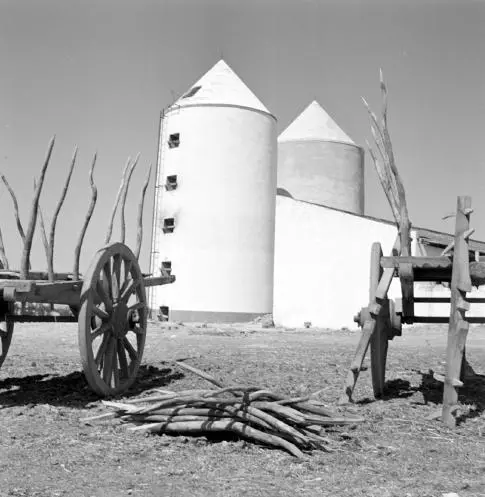
Figure 2.5 Artur Pastor, “Grain Silos, Alentejo, 1940s.”
(Fundo Artur Pastor, Arquivo Municipal de Lisboa)
The Casas do Povo worked as institutions for the social control of the masses of wage laborers and sharecroppers. In order to get social benefits, one had to attend mass, be diligent at work, stop demanding better conditions, and be respectful of social hierarchies. [74]After all, local notable men, meaning large estate owners, also formed the board of directors of the Casas do Povo. In fact, the funds for this primitive form of state welfare, the first to systematically reach Portuguese rural populations, originated from the Farmers’ Guilds and from the FNPT, the upper levels of the hierarchical corporatist structure. As was stated by the regime’s ideologue responsible for the design of the system, “the organic framework of the rural population through the Casas do Povo proclaims clearly and indisputably the intransigent realism of our corporatist structure.” [75]
Читать дальше
